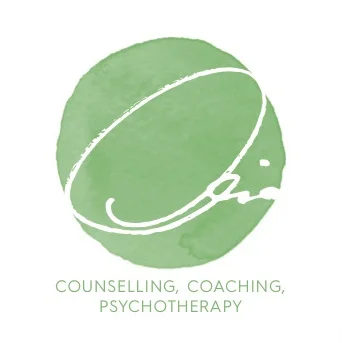The new Disney Pixar movie Inside Out takes place inside the head of a young girl called Riley. As the movie unfolds we are able to see her internal life depicted through 5 energetic characters, each modelled on one of the core emotions – Joy, Sadness, Anger, Fear and Disgust. We watch how the five emotions work together, or not, as they guide Riley through one of the most challenging journeys of her young life – leaving her friends and ice hockey team behind, to move from Minnesota to San Francisco.
When I first heard that Disney Pixar were making a movie about emotions I was very sceptical. My first thought was pessimistic; a worry that it would perpetuate the common myths about emotions that our culture subscribes to. I witness the suffering that these myths cause on a day-to-day basis in the therapy room. I was concerned that a blockbuster movie made by a commercial movie studio would only perpetuate these unhelpful misconceptions and misunderstandings.
However, the movie is beyond beautiful and I was excited to see current insights gained from research in psychology and neuroscience brought together and presented in such an easy to understand form. In the creation of Inside Out the director Pete Docter has gone to great lengths to be as true to the research as possible. He draws particularly on the work of Paul Ekman; a pioneer in the field, and his protégée Dacher Keltner of the Greater Good Foundation at the University of Berkley.
There is nothing better than a good metaphor to help people create new understandings and perspectives. Discovering a good metaphor for a complex idea can save hours of therapy and create a “light bulb” moment for a client. Behind the entertainment value of Inside Out is a beautiful and moving metaphor which will help many people better understand their emotions. I hope that young and old viewers will be empowered by this understanding.
On Inside Out collaborator and psychologist Dacher Keltner writes -
“I hope this movie becomes part of our cultural understanding of what it means to be a child and what it means to be a human being and to grapple with these emotions” (http://greatergood.berkeley.edu/article/item/how_ggsc_turned_pixar_inside_out)
In an interview with Terry Gross of Fresh Air, Pete Docter discusses an account of the effects of watching Inside Out on a young viewer. He recalls how a co-worker described the impact of the movie on his young son. His son had been taking part in swimming lessons for several weeks but had always been too afraid to jump from the high diving board. After watching Inside Out, his son found that he was able to join his classmates in jumping from the diving board. When asked how he was able to finally make the plunge, the young boy replied, “I just felt that Fear had been driving [all of those other times] and I asked him to step aside”. http://www.npr.org/programs/fresh-air/
I imagine that there will be many more heart warming stories like this as more viewers are touched by Inside Out’s charming magic.
The beautiful truth behind Inside Out’s story of adventure and companionship is that each of the emotions have a role to play. Inside Out focuses on the role of Sadness and her relationship to Joy, but it could have easily be rewritten to place any of the other less desirable emotions - Anger, Disgust or Fear - in the spotlight to the same effect.
As demonstrated in the movie, we want our emotions working together – and we want to develop the balance and confidence to feel things fully – always being aware that the art is in how we translate the information from our emotions into skilful actions in the world. Which is overall a main goal in psychotherapy.
I have been excitedly recommending this movie to friends, family, clients, co-workers and anyone within ear shot, and it has already opened up new opportunities to talk about emotions in different contexts. It has created a new language to talk about emotions. So go and see Inside Out, you will laugh, cry and come away from the experience with something very worthwhile.
Like it? Share it!


